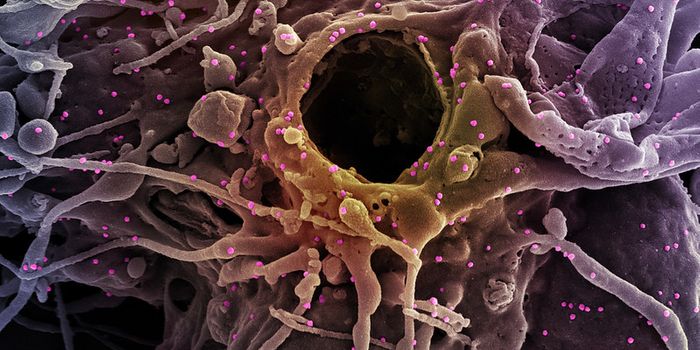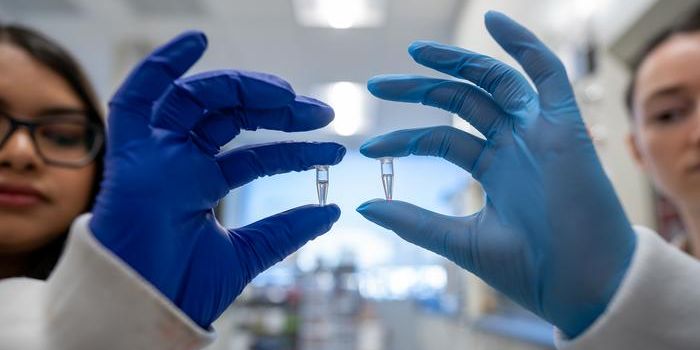The Evolution of a Kind of Multicellular Life is Recreated in the Lab
A major event in the evolution of organisms on earth was the development of complex, multicellular life forms made of eukaryotic cells, which are thought to have come from prokaryotic cells. Studies that have analyzed the genetics of various species as well as research that has experimentally evaluated how simple organisms evolve under laboratory conditions have confirmed this hypothesis.
Scientists have now published a new study in Nature of how single-celled organisms can give rise to multicellular organisms in the lab. In this research, a model organism called snowflake yeast grew for over 3,000 generations, and over time, it became 20,000 times bigger than the ancestral organism.
This work is some of the first major findings from a decades-long project called the Multicellularity Long-Term Evolution Experiment (MuLTEE). It started in 2018 with single-celled snowflake yeast. The scientists grew the yeast in incubators, and selected those that grew faster and larger.
Eventually, the groups formed by the yeast cells were over 20,000 times larger than their ancestors' cells. After bring invisible to the naked eye at the start of the experiment, they became about the size of fruit flies, and the groups contained more than half a million cells. New characteristics also appeared - after being incredibly fragile at the start, they became as strong and tough as wood.
The yeast cells had become more elongated, and the groups they formed were less tightly packed. The reduction in density also reduced physical stress between cells, and the groups got much larger. However, other mechanisms were also at work.
"We discovered that there was a totally new physical mechanism that allowed the groups to grow to this very, very large size," said first study author Ozan Bozdag, PhD. "The branches of the yeast had become entangled—the cluster cells evolved vine-like behavior, wrapping around each other and strengthening the entire structure."
Entanglement is a biomechanical mechanism that makes the yeast about 10,000 times tougher. The researchers suggested that entanglement is used as a kind of developmental mechanism, and although it is not as sophisticated as a multicellular organism, this process allows snowflake yeast to take on some properties of multicellularity.
"By putting our finger on the scale of a single-celled organism's evolution, we can figure out how they evolved into progressively more complex and integrated multicellular organisms, and can study that process along the way," said study leader William Ratcliff, associate professor at the Georgia Institute of Technology. "We hope that this is just the first chapter in a long story of multicellular discovery as we continue to evolve snowflake yeast in the MuLTEE."
Sources: Georgia Institute of Technology, Nature









